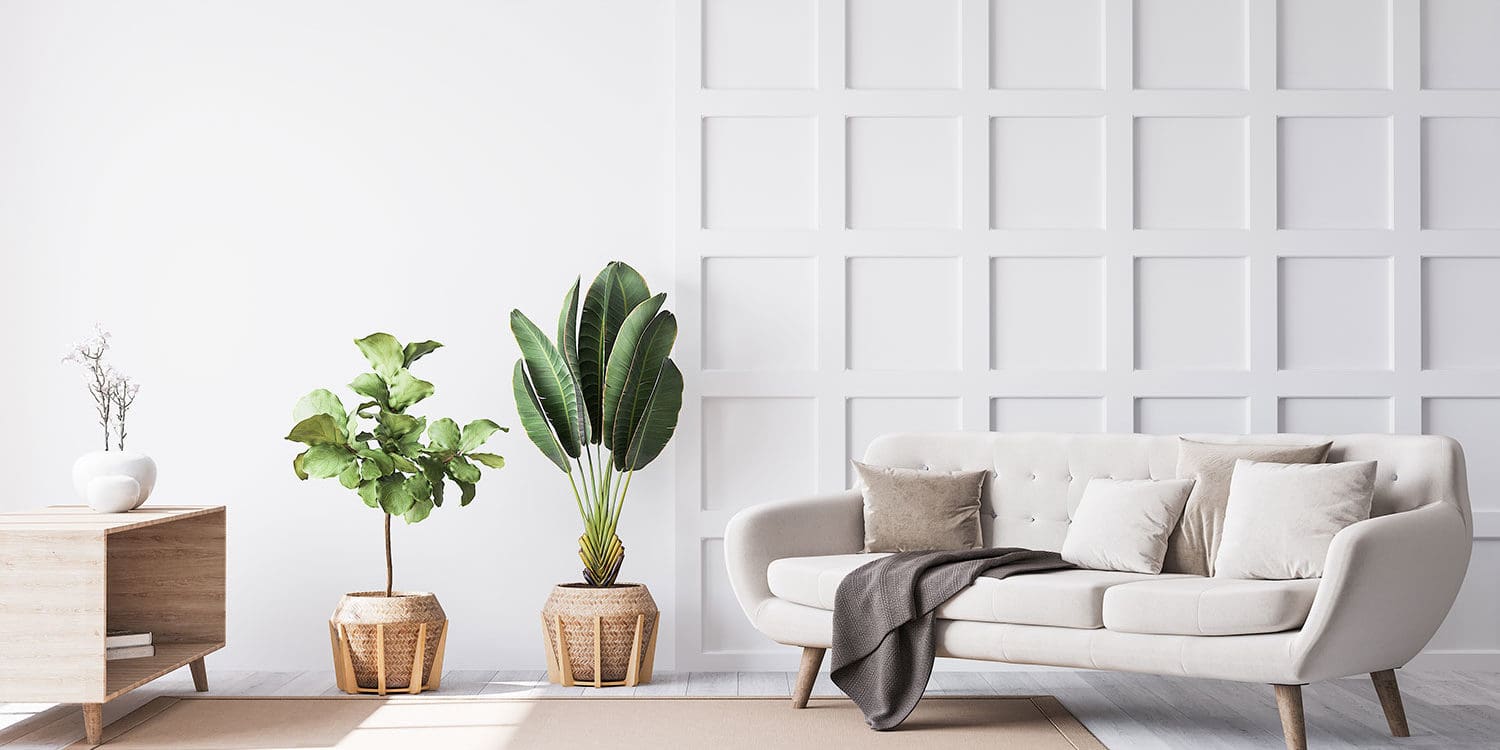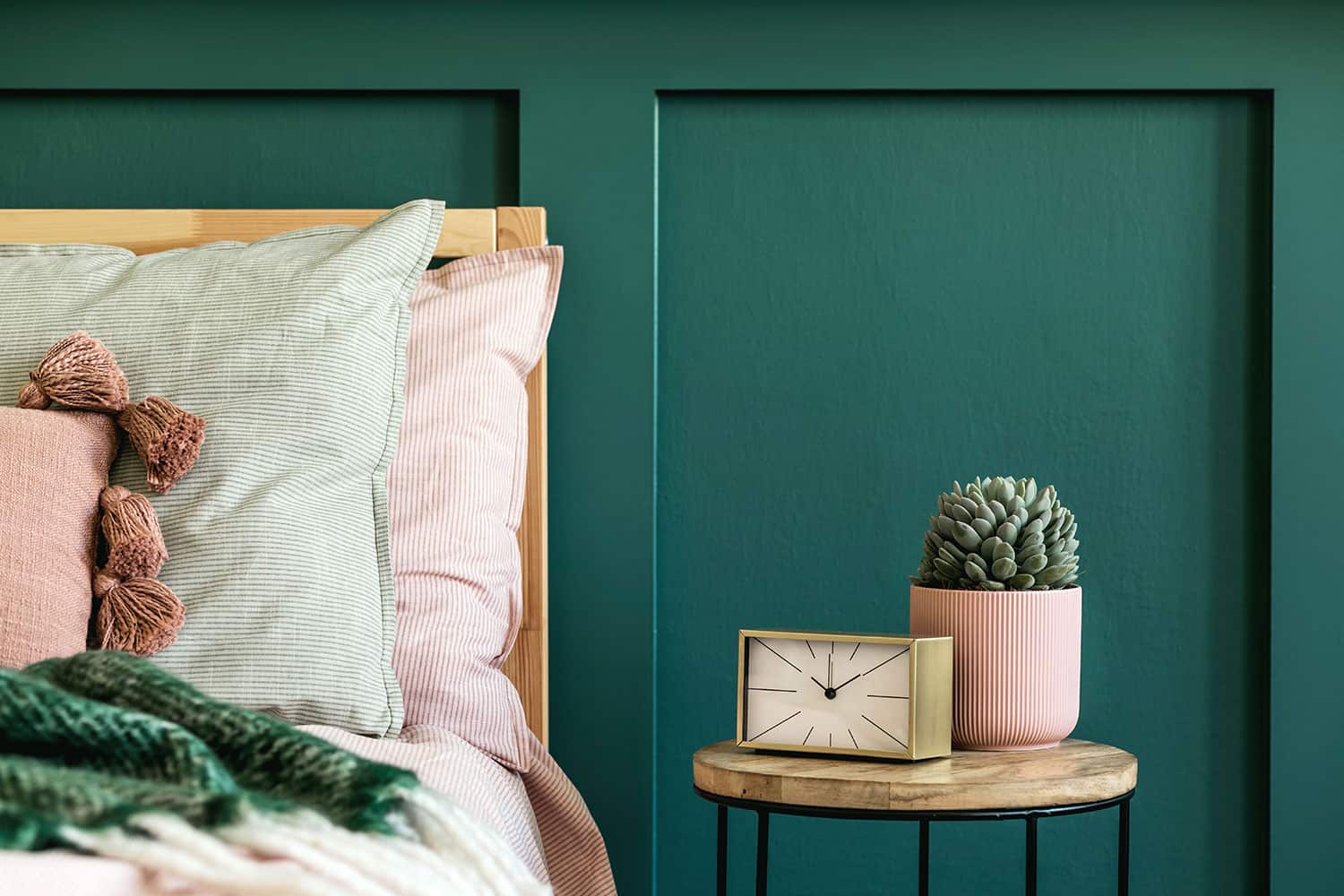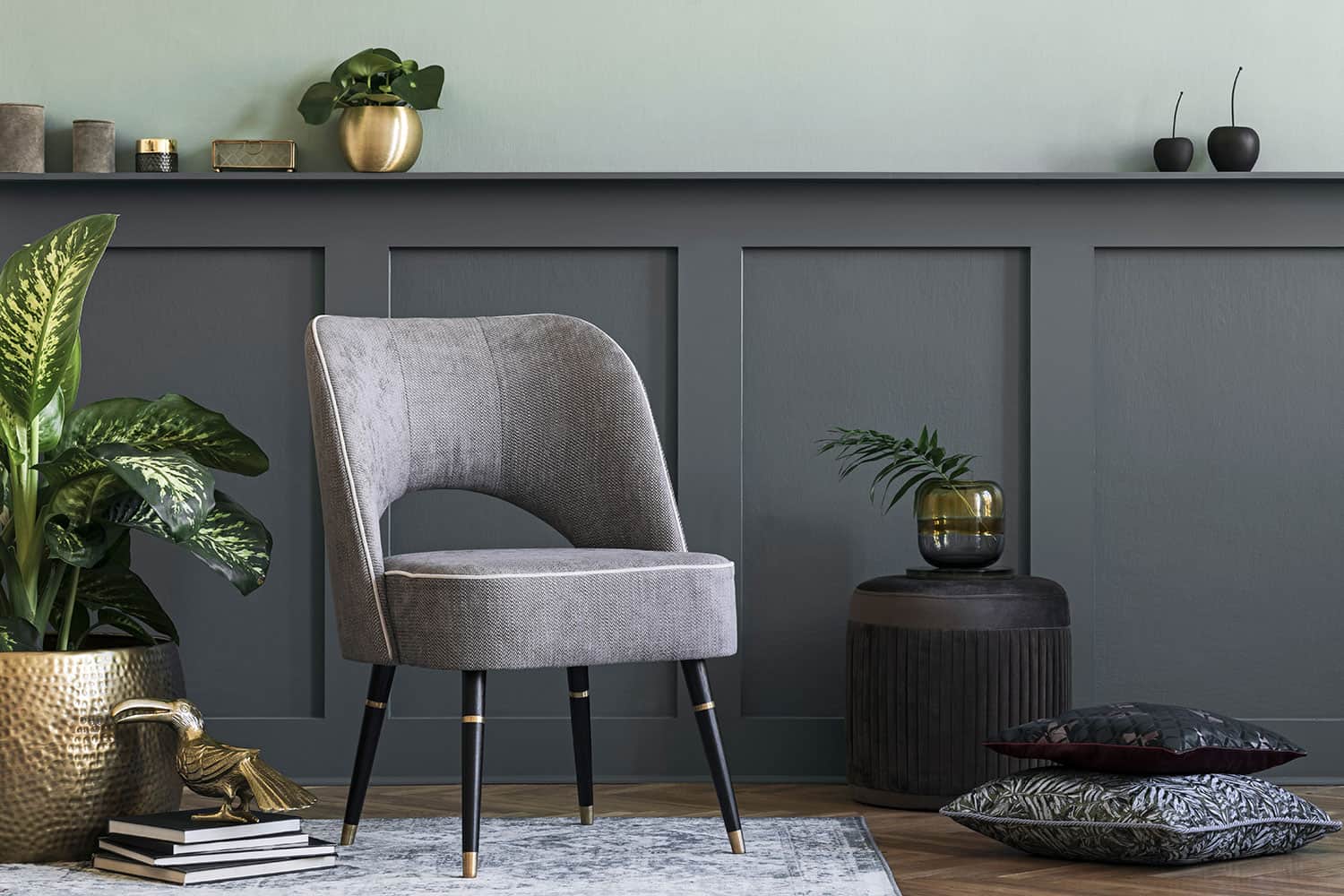While wall panelling was originally developed as a way of keeping homes warm and comfortable, providing insulation from cold stone walls, and keeping draughts at bay, it’s a trend that seems to have stayed the course and is more popular than ever.
As panelling evolved, crossed continents and eventually came to be associated with wealth and nobility, modern panelling is still frequently used to make a home feel more comfortable and stylish – all the while offering a practical element, as it provides wall protection in high-traffic areas from dirt and markings.
What kind of panelling should I choose?
There’s a variety of different forms when it comes to interior panelling, so ideally you would consider the look and feel you’re hoping to achieve and choose the style that you think will best suit your home. Options include –
- Grand period designs
- Tongue and groove
- Traditional shaker style
- Jacobean-style grid
- Dado style
Done properly, panelling should add warmth, depth and character to any space – regardless of its size. It’s typically completely different to a standard feature wall, and can transform a room – which is why it’s important that it’s done by skilled and talented professionals.
Looking for wall panelling ideas?
It’s essential that you take the time to do your research – if you’re stuck for ideas or need some inspiration then checking out the hashtags ‘#WallPanelling’ or ‘#WallPanellingIdeas’ on Instagram can help and should also show you the different styles that others have opted for.
One of the major attractions to panelling is that it can take many different guises, and it works in pretty much any room – from bedrooms to bathrooms, living rooms to kitchens, if you’re looking to mix up your interior design then there are plenty of ideas to play with.
Extend your panelling along the ceiling
If you’re looking for a statement look in a bedroom then using materials such as rustic planks of wood on the wall and extending it to the ceiling can work to create a cosy, canopy style feature. In fact, this daring technique often works in any room where there aren’t any architectural features – however, if you opt for heavier wood panels then a professional should be consulted to ensure they’re attached safely to the wall and ceiling.
Darker tones are back
Blacks, dark blues, dark greens – any dark tones really, can all work as the perfect addition to any interior design scheme. These darker colours are bold yet elegant, and tend to complement all styling trends, ranging from minimalist scandi, classic décor, and boho chic – and adding these versatile tones to the textures found in wooden panels can add depth to any room.
Combine textures for cosiness
While wall panelling is great for adding texture and depth to those rooms with no architectural features, it can also be used in rooms that do already have features. If, for example, a room already has a bare brick wall, you could still create a wall covered in raw wood panels – as this could then create a cool, industrial feel that’s reminiscent of a loft apartment.
In combining these two textures, you’ll also be able to create the cosy, warm feeling that’s perfect for a bedroom setting.
Consider panelling as an alternative to tiles
If you’re looking to revamp or mix up the style in your home, then it’s also well worth considering panels in place of a more traditional tiled look. Panelling is a great way to create a statement bathroom, and you could even top the panelling with a shelf to provide space or storage for toiletries, candles, or cosmetics.
As long as you opt for a suitable material, the wood panelling won’t warp in a bathroom that tends to get steamy. In using moisture-resistant MDF panels, you can create a unique bathroom look, and also use it to box in any pipe works that you don’t want on display.
Can wall panelling be decorated?
Wall panelling provides a perfect surface for painting, so depending on what you’re looking for, you should choose the right paint for the situation, e.g. water-resistant, wipeable, mildew resistant, matte, gloss or satin.
The next step would be to choose your colour scheme – whether that’s minimal, neutral, classic, retro – it’s a blank canvas to work with! Panelling can also provide a base for artwork or statement wallpaper to create an impact – especially if you’re looking to panel a hallway or stairway, a dining room or a lounge space.
There are so many different options when it comes to wall panelling, and as it’s a trend that’s never really fallen out of fashion, we’d say it’s a safe bet. It’s low-cost and versatile – so if you’re ready to make a change then get in touch and see how we can help!










